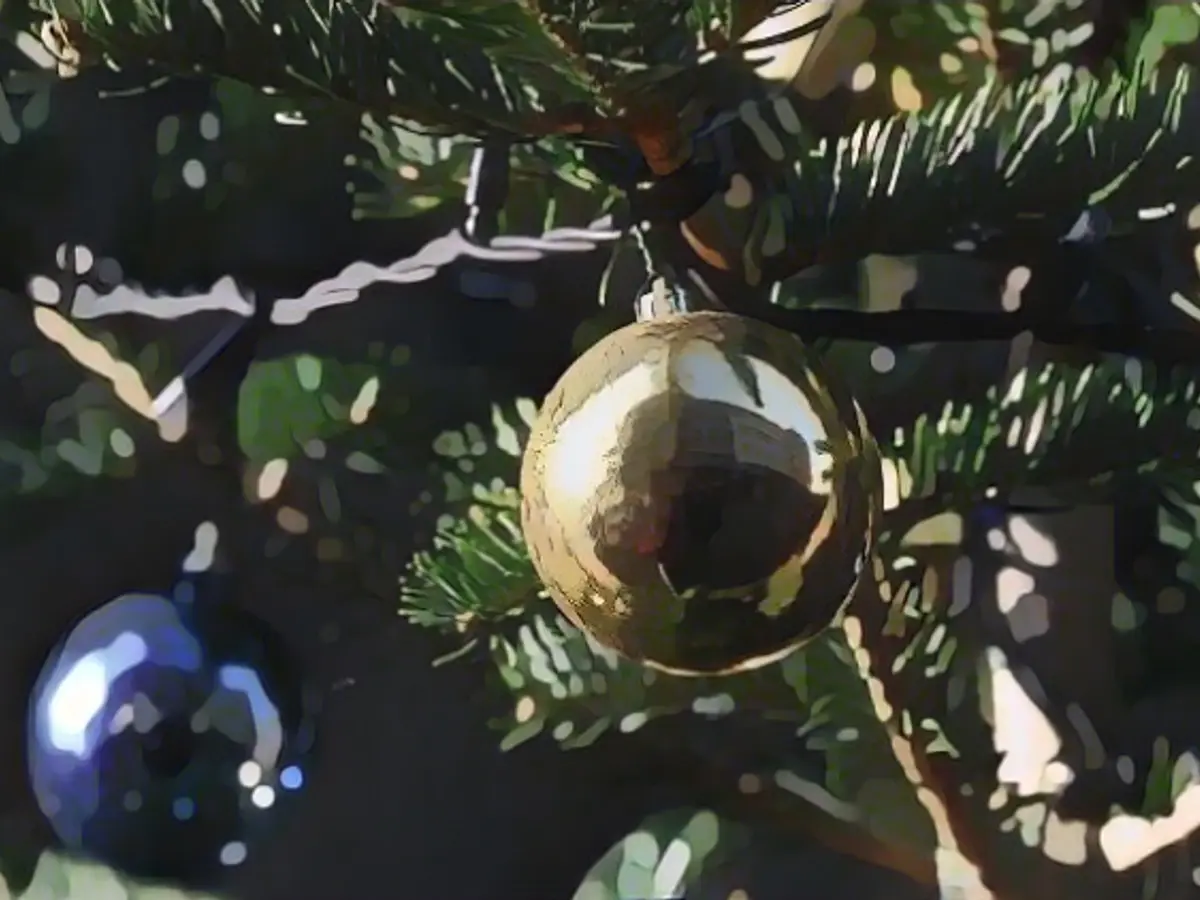At a bustling Christmas market in Belgium, tragedy struck as a colossal, 20-meter-tall fir tree succumbed to a powerful gust of wind, leaving one woman with fatal injuries. Two additional individuals sustained injuries, but managed to survive. The cause behind the tree's unstable state remains unclear, sparking curiosity if proper securing measures were absent.
The Belgian news agency Belga broke the shocking story, reporting the incident that took place in the city of Oudenaarde on a chilly Thursday evening. Upon falling, the towering tree crushed the unfortunate woman. The two other victims were swiftly rescued - one by concerned bystanders who lifted the tree, while the third required professional assistance from emergency responders.
Various news outlets spread the word of this unfortunate incident across the globe. As the investigation into the cause of the tree's collapse unfolded, the police attempted to piece together the events that led to the calamity.
Exploring Potential Contributors
While the specifics leading up to the accident in Belgium have not been widely reported, various factors could have significantly contributed to the tree's demise:
- Structural Stability: The overall stability and structural integrity of the tree could have played a crucial role in this dreadful incident. If the tree's base or anchoring system was insufficient for its size, or if the tree was otherwise compromised, it might have become unstable and toppled under the force of the wind.
- Weather conditions: Adverse weather conditions, such as heavy winds, snow, or ice, might have destabilized the tree, rendering it more prone to falling.
- Design and Installation: In some circumstances, a faulty design or imprudent installation could have led to the tree's collapse.
- Regular Maintenance: Regular inspections and maintenance are a necessity for ensuring the safety and integrity of large structures such as Christmas trees. Overlooking these crucial tasks could increase the risk of such incidents occurring.
- Human Error: Error on the part of the tree's installers or maintenance personnel could be a potential contributor to the incident. Failing to adequately secure the tree or properly prepare the ground might have contributed to its collapse.
- Age and Condition of the Tree: The age and overall health of the tree itself could indicate its susceptibility to falling. An older tree with underlying damage might have been more inclined to yield to forces of wind or pressure.
- Crowd and Foot Traffic: An overcrowded marketplace and incessant foot traffic surrounding the tree might lead to it being accidentally knocked or destabilized, further increasing the danger.
- Ground Conditions: Uneven and slippery ground conditions surrounding the tree could contribute to its instability and heighten the likelihood of it toppling over.
These factors underscore the immense significance of proper planning, installation, and maintenance when erecting large structures, especially in public areas where safety is paramount[3].








